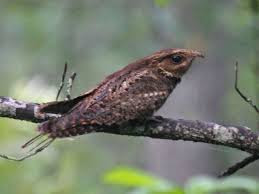Sunday 21 June 2015
Church Norton, Pagham Harbour, Chichester West Sussex
Just as I was about to do some gardening, news came through on RBA of a Terek Sandpiper at Church Norton. Within minutes I was on my way to Chichester some 50 miles away - after all it would be another valuable "lifer" for me!
The problem was I had to be back in time to go to Jen and Sara's home for a Fathers Day barbecue. It would be a tough call with the fine weather and lots of traffic on the road.
- The sandpiper was present when I arrived but it was below a bank on the edge of the water and out of sight. We resigned ourselves to a long wait for the incoming tide to force the bird out into the open.
- After about 20 minutes it was attacked by a gull and flew 20 metres or so to the left giving me a brief sighting before it dropped down again.
 |
Terek Sandpiper
Library picture |
- After another 20 minutes it made it's appearance on top of another bank before running some 20 metres or so, in full view, before stopping. At last we were able to get some stunning views!
 |
Terek Sandpiper
Library picture |
I was unable to stay very long and soon headed home to pick up Sue before proceeding to the barbecue - some 2 hours late!
What a lovely bird to find on the longest day of the year!
Addition to BUBO 2015 UK Bird List:
Terek Sandpiper (228)
Addition to BUBO UK Bird Life List:
Terek Sandpiper (293)
The Terek sandpiper (Xenus cinereus) is a small migratory Palearctic wader species, the only member of the genus Xenus. It is named after the Terek River which flows into the west of the Caspian Sea, as it was first observed around this area.
- This bird breeds near water in the taiga from Finland through northern Siberia to the Kolyma River, and migrate south in winter to tropical coasts in east Africa, south Asia and Australia, usually preferring muddy areas. It is a rare vagrant in western Europe.
- An odd shorebird with short legs and a long, upcurved bill. On a mudflat with other sandpipers, the Terek often draws attention by its animated behavior, running about more actively than the other birds.
























